Recently updated on January 13th, 2025 at 04:14 pm
The Milky Way is a spiral galaxy that houses our solar system. It is distinguished by its spiral arms, which are loaded with stars, gas, and dust. The galaxy is about 100,000 light-years in diameter and contains billions of stars, including our Sun.
The Milky Way is part of the Local Group, which contains approximately 54 other galaxies. It also contains a supermassive black hole, known as Sagittarius A*. The galaxy is named by its appearance; when seen from Earth, it appears as a diffuse strip of light reaching across the night sky, composed of stars that are too far apart to be identified individually.
Why is the Milky Way known as the Akash Ganga
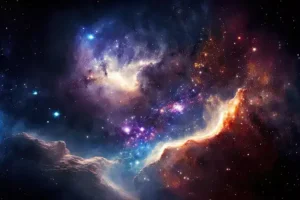
In Hindi and many other Indian languages, the Milky Way is referred to as “Akash Ganga,” which means “Ganga of the Sky.” The Ganges, one of India’s holiest rivers, and the galaxy’s appearance are similar enough to warrant this moniker.
The ring of light formed by the Milky Way’s innumerable stars is symbolic of purity and spiritual significance, evoking the Ganges River’s flowing waters. The word refers to how Indian astronomy and mythology have seen the night sky from cultural and historical viewpoints.
Are Milky Way galaxy
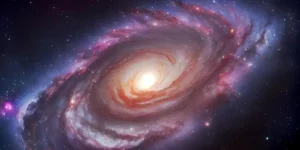
Yes, The Milky Way is a galaxy. It is specifically a barred spiral galaxy, characterized by an outward-extending spiral arm and a core bar-shaped structure of stars. It is made up of billions of stars, gas, dust, and dark matter that are all gravitationally bound.
Our solar system is housed in the Milky Way, which is a component of the Local Group, a larger collection of galaxies. Thus, when you mention the Milky Way, you are referring to a particular galaxy inside the cosmos.
How is the Milky Way galaxy formed in a sentence
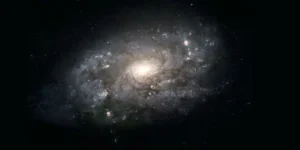
The Milky Way galaxy formed over billions of years, beginning with the Big Bang and on to the formation of the first stars and galaxies. Small protogalaxies joined under gravitational attraction, gradually accumulating mass.This process involved star formation, supernova explosions, which enriched the interstellar medium with heavier materials, and the construction of a spiral structure.
As these smaller galaxies merged, they created the Milky Way’s disk, central bulge, and halo, resulting in the diverse and active galaxy we see today. Our solar system evolved approximately 4.6 billion years ago from a spinning disk of gas and dust.
How does the Milky Way appear
The Milky Way is a magnificent spiral galaxy with a flat, disk-like structure full of stars, gas, and dust, with a bright central bulge. Made of innumerable stars and nebulae, it appears as a luminous strip of light spanning the night sky from Earth. This band is particularly bright in remote, dark regions where the Milky Way’s core, which is primarily composed of star clusters and interstellar material, is visible.
In addition, the galaxy has a variety of structures like globular clusters and halo regions with older stars, as well as spiral arms where stars are constantly forming. All in all, it’s an amazing sight that perfectly captures the intricacy and beauty of our cosmic neighbourhood.
When will the Andromeda and Milky Way collide

It is anticipated that in roughly 4.5 billion years, the Milky Way and Andromeda galaxy will collide. This will be a gradual occurrence that takes place over several billion years. The two galaxies will probably combine and merge to form a new, bigger galaxy that is often known as “Milkomeda” or “Milkdromeda.”
The enormous distances between the stars make it improbable that any one of them will crash during the collision, but the gravitational forces will drastically alter both galaxies. This merging of gas and dust will also initiate new star formation. Even though this event is distant in the future, astronomers are still researching it to learn more about the dynamics of large cosmic events like this one as well as galaxy evolution.
where the Milky Way is visible give me in sentence

The Milky Way is visible from rural places, national parks, deserts, mountains, and beaches, especially on moonless evenings with low light pollution. The Milky Way is easily seen from dark rural locations, national parks such as Yellowstone and Joshua Tree, high-altitude mountains, clear deserts such as Atacama, and lonely beaches, particularly on moonless evenings and away from city lights.
The galactic core is most visible in the southern sky during the northern hemisphere’s summer and in the northern sky during the winter. Using stargazing applications might make it easier to spot the Milky Way.
What is at the centre of the Milky Way
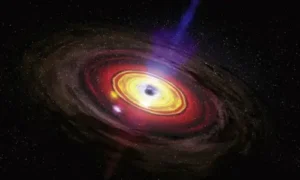
Sagittarius A* (pronounced “Sagittarius A-star”) is a supermassive black hole located in the heart of the Milky Way galaxy. It is a highly gravitational and energetic region that is critical to the dynamics of our galaxy.
Key Characteristics
- Mass: Sagittarius A* has approximately 4 million times the mass of the Sun.
- Location: It is located around 26,500 light-years away from Earth, in the constellation Sagittarius.
- Detection: Although it cannot be viewed directly (since light cannot escape a black hole), its presence is deduced by the motion of stars and gas revolving around it at extraordinarily high speeds.
- Role: The black hole has a strong gravitational attraction, which influences the orbits of stars, gas, and dust within the galaxy.
Sagittarius is relatively quiescent compared to several other supermassive black holes in active galaxies, meaning it does not currently consume enormous amounts of material and release powerful jets of energy. When matter enters it, its activity increases.
Conclusion
In conclusion, dark, isolated locales like rural areas, national parks, deserts, mountains, and isolated beaches are the finest places to witness the magnificent Milky Way.
Moonless evenings and little light pollution are ideal viewing circumstances since they maximize the brightness of the galaxy’s stars and features. Anyone can witness the breathtaking splendour of our galaxy by organizing trips to these perfect locations and making use of stargazing equipment.



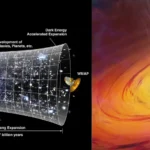
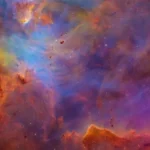

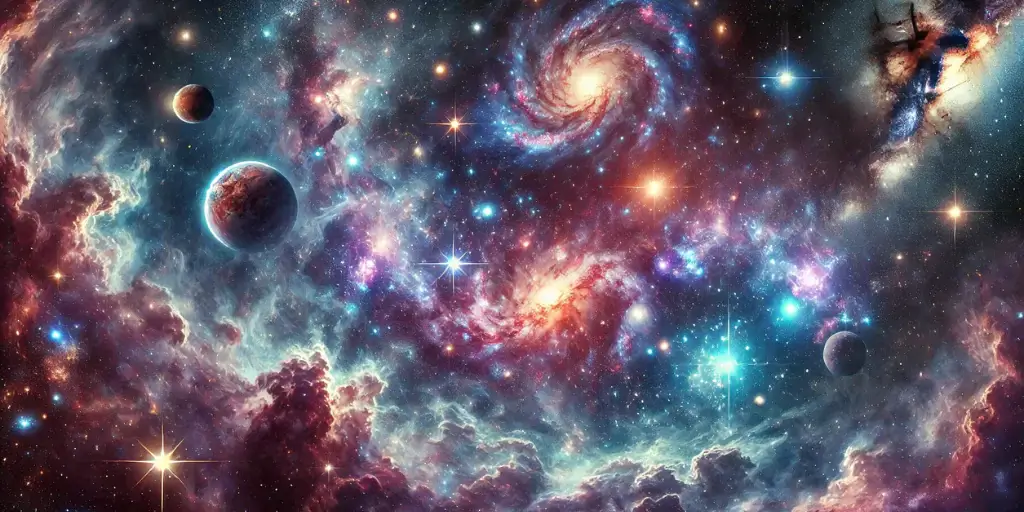
xn88 lừa đảo
October 3, 2024Ngoài ra, hàng ngày nhà cái còn có rất nhiều chương trình khuyến mãi hấp dẫn, bất ngờ. Vì vậy, đừng chần chờ gì nữa, đăng ký xn88 win tặng 90k ngay hôm nay và để không bỏ lỡ cơ hội nhận được nhiều phần quà giá trị.
188v
October 3, 2024888slot com Sảnh game bắn cá tại đây bùng nổ với rất nhiều chủ đề săn thưởng siêu hot. Hơn nữa, tỷ lệ trả thưởng mà nhà cái cung cấp cũng được đánh giá là cao gấp 3, thậm chí gấp 4 lần so với mặt bằng chung trên thị trường.
indicac~ao da binance
October 3, 2024Your article helped me a lot, is there any more related content? Thanks! https://accounts.binance.info/ES_la/register-person?ref=VDVEQ78S
live slot365
October 3, 2024Cụ thể, xn88 bshrf có một chương trình khuyến mãi cho hầu hết mọi sự kiện, bắt đầu từ tiền thưởng đăng ký cho người chơi mới đến các ưu đãi đặc biệt cho các thành viên cũ. Các chương trình khuyến mãi như vậy không chỉ cung cấp cho người chơi cách trải nghiệm dịch vụ, mà còn tăng cường cơ hội thắng trong các trò chơi tham gia.
188v
October 3, 2024Nếu bạn yêu thích các trò chơi bắn cá, ứng dụng tải 188v sẽ không làm bạn thất vọng. Các game bắn cá tại đây được thiết kế với đồ họa đẹp mắt, hiệu ứng sống động và luật chơi đơn giản.
faamru
October 3, 2024Продажа тяговых https://faamru.com аккумуляторных батарей для вилочных погрузчиков, ричтраков, электротележек и штабелеров. Решения для интенсивной складской работы: стабильная мощность, долгий ресурс, надёжная работа в сменном режиме, помощь с подбором АКБ по параметрам техники и оперативная поставка под задачу
ab-resurs
October 3, 2024Продажа тяговых https://ab-resurs.ru аккумуляторных батарей для вилочных погрузчиков и штабелеров. Надёжные решения для стабильной работы складской техники: большой выбор АКБ, профессиональный подбор по параметрам, консультации специалистов, гарантия и оперативная поставка для складов и производств по всей России
RobertDow
October 3, 2024Продажа тяговых ab-resurs.ru аккумуляторных батарей для вилочных погрузчиков и штабелеров. Надёжные решения для стабильной работы складской техники: большой выбор АКБ, профессиональный подбор по параметрам, консультации специалистов, гарантия и оперативная поставка для складов и производств по всей России